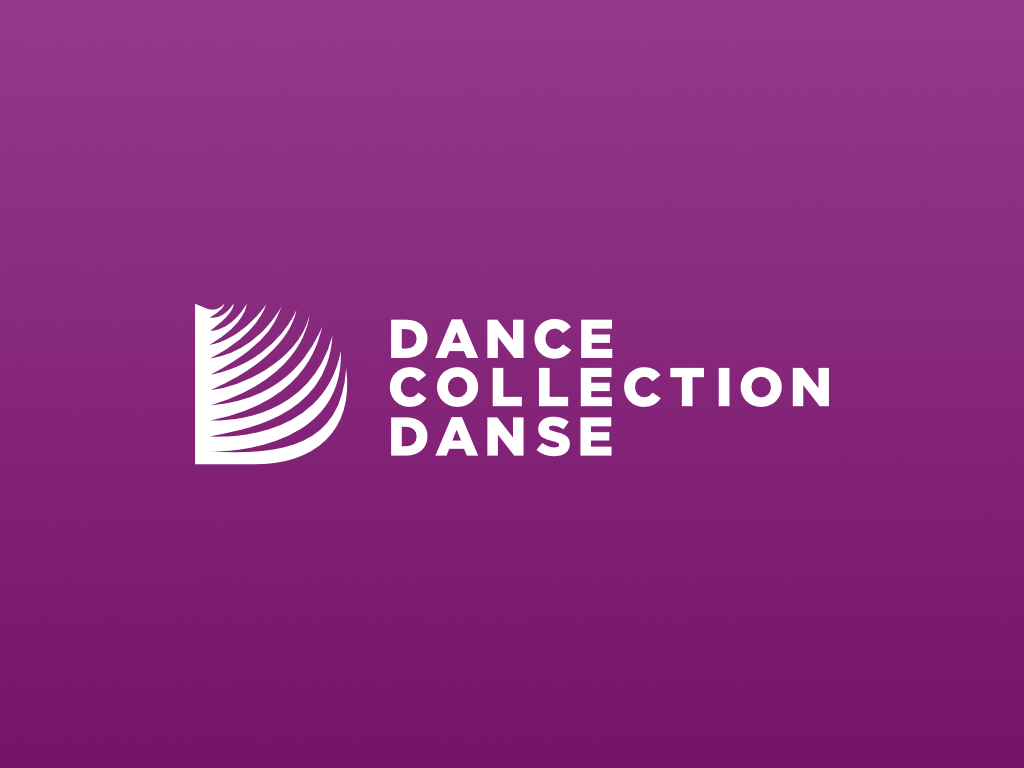Dance in Canada Magazine Number 19, Spring 1979
Added 30th Apr 2021 by Beth Dobson (Archives and Programming Assistant, DCD) / Last update 9th Mar 2022
The description of this Item
Contains the following articles:
- Hanging Loose in Havana: Lauretta Thistle at the 1978 Cuban Dance Festival
- The Open Eye: Understanding Dance by Grant Strate
- 'I dance the things that move my life' Margie Gillis by Michael Crabb
- Training the Dancer VII: The Arms in Motion by Rhonda Ryman
- The Crunch Cometh: Dwindling Funds for Ballet
- In Review
- Noticeboard
- Letters to the Editor
The collections that this item appears in.
Tag descriptions added by humans
Royal Winnipeg Ballet
Ballet
David Earle
Le Groupe de la Place Royale
Modern Dance
Brian Macdonald
Max Wyman
Halifax Dance Co-op
Les Grands Ballets Canadiens
Conferences
Rachel Browne
Ballet Ys
Camerata
Contemporary Dancers Canada
Timothy Porteous
Grants
Ann Ditchburn
Anna Wyman
Entre-Six
Grant Strate
Constantin Patsalas
Alicia Alonso
Terrill Maguire
National Ballet of Cuba
Regina Modern Dance Works
Susan Macpherson
Festivals
Elizabeth Chitty
Lawrence Gradus
Kali
Run Ragged
Sea Changes
Audiences
Rhonda Ryman
Aesthetics
Kevin Singen
Kati Vita
Leland Windreich
Margie Gillis
Kathryn Brownell
Angele Dagenais
Cuban Dance Festival
Havana
Learning How To Die
National Ballet
Octobre en Danse
Groupe Nouvelle Aire
Remous
Toronto Dance Festival
Karen Tessmer
Sean Boutilier
Elite Syncopations
Lawrence Haskett
Irene Grainger
Slide Over
John Oughton
The Joffrey Ballet
Lucinda Childs
Eurythmeum Stuttgart
Jacques Goldman
Paul Sorvino
Slow Dancing in the Big City
James Orr
Conrad Alexandrowicz
Ian Young
Karen Micher
Naomi Tyrell
Canadian Council Information Service
Ann Barzel
Touring Office of the Canadian Council
Francois Delsarte
Maina Gielgud
Sara Shelton
Studio 10 Summerhill Ballet
Baroque Suite
Eclipse
Marrow
Tempes Fugit
Cuban History
Description of the objects in this Item
01/04/1979
Magazine
Dance in Canada Magazine Number 19, Spring 1979
Dance Collection Danse
DCD's accession number for this Item. It is the unique identifier.
Auto-generated content
Tag descriptions added automatically
Auto-generated identification of objects in this Item
An autogenerated description of this Item
Auto-generated number of faces in the Item

